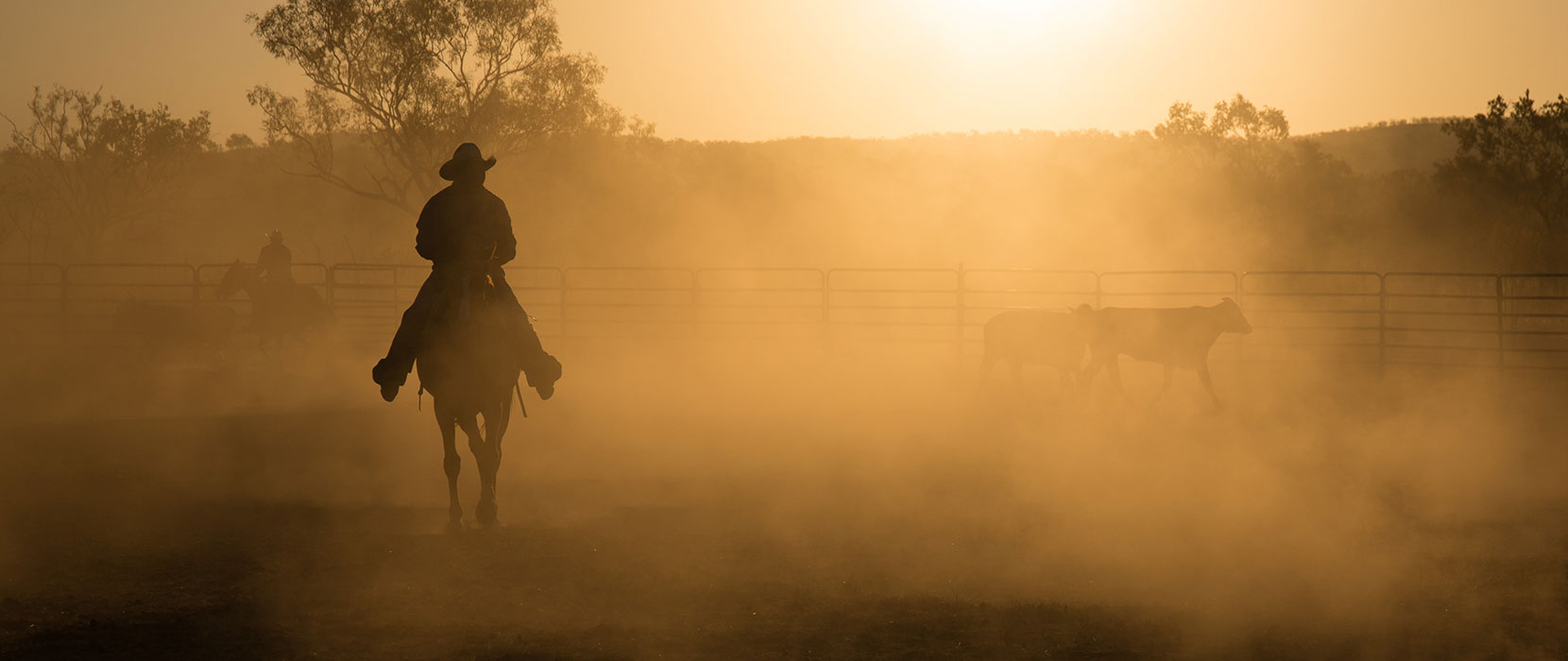Michael Brogan’s research is motivated by a long-running encounter with anthropological filmmaking, educational policy and practice, and the politics of Indigenous representation.
Researcher: Michael Brogan, School of Arts
Michael Brogan’s research is motivated by a long-running encounter with anthropological filmmaking, educational policy and practice, and the politics of Indigenous representation. Michael is researching the film Walking in the Sunshine, Walking in the Shadow for his PhD in Creative Practice at UNE. Made in 1971 by a partnership between Department of the Interior and the Commonwealth Film Unit (later Film Australia), the film documents the Northern Territory Government’s use of education as a means to assimilate Aboriginal people, specifically the Aboriginal children featured in the film.
Michael first saw this film in 1989, when he received an Aboriginal cadetship from Film Australia to undertake a film project Black Australia, the thirteenth program in Film Australia’s series Australia. To make this program Michael gained full access to Film Australia’s anthropological and ethnographic film collection. One of those films was Walking in the Sunlight, Walking in the Shadow, and the encounter was a turning point. Michael was struck by the way it depicted two cultural realities from one dominant colonial paradigm. Aboriginal people are present, but as talking heads speaking scripted lines, and as the subject of the white people’s ‘expert’ opinion. Aboriginal people themselves, as themselves, were silenced, their stories erased. This film highlights how Aboriginal people have been subject to cinematic representations that are silencing, offensive and insulting. Such films were ethnographic projects, and contributed towards the construction of the popular racial stereotypes that still prevail. Walking in the Sunlight, Walking in the Shadow has been in circulation for many years and continues to be recycled without proper and informed consent: the people in it unaware that their images are being used as stock footage decades into the future.
Such dilemmas highlight Michael’s position in all this as an Aboriginal researcher and filmmaker. Michael cannot escape the social and cultural dilemmas associated with his Aboriginality, shaped by his experience of cross-cultural adoption and spending his childhood in Melbourne, London and Papua New Guinea, in comparison to that of Aboriginal children from a remote community in the Northern Territory. Being Aboriginal is not a single experience: it differs according to an individual experience of Aboriginality, assimilation and social histories. ‘In a sense,’ Michael says, ‘our Aboriginality does not really evolve beyond the imagination of the white gaze when attempting to understand how different our experiences are. Beyond the white gaze our experiences are presented as a memory of our Aboriginality, with no bearing on our experiences — only a memory of it.’ The white gaze of anthropologic filmmaking becomes a powerfully problematic testimony of Aboriginal experience as a record of Aboriginal colonial selves.


